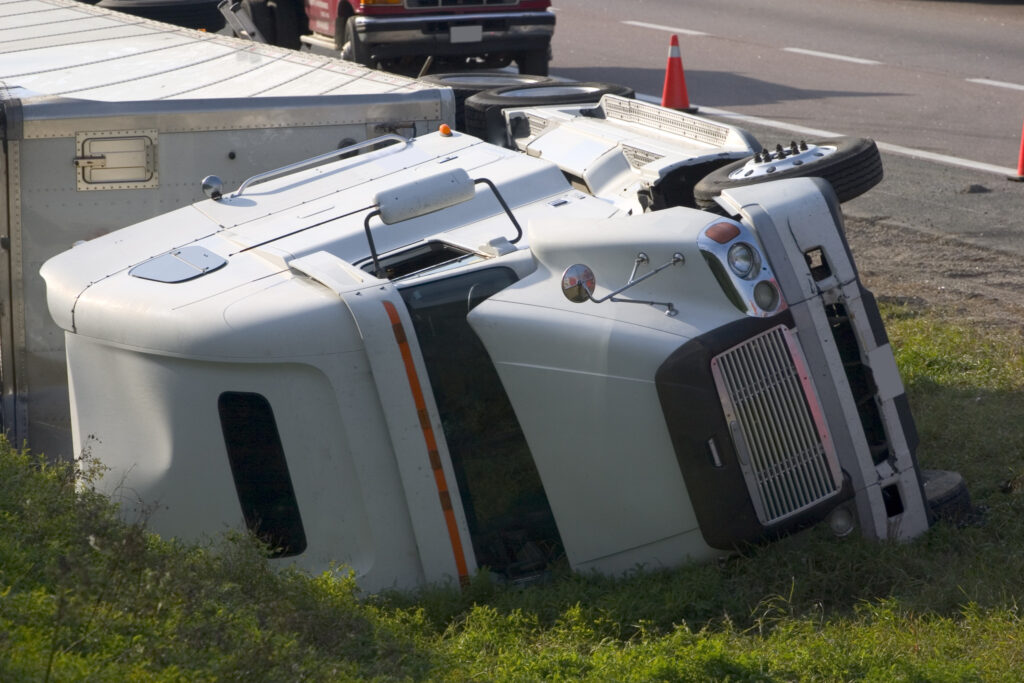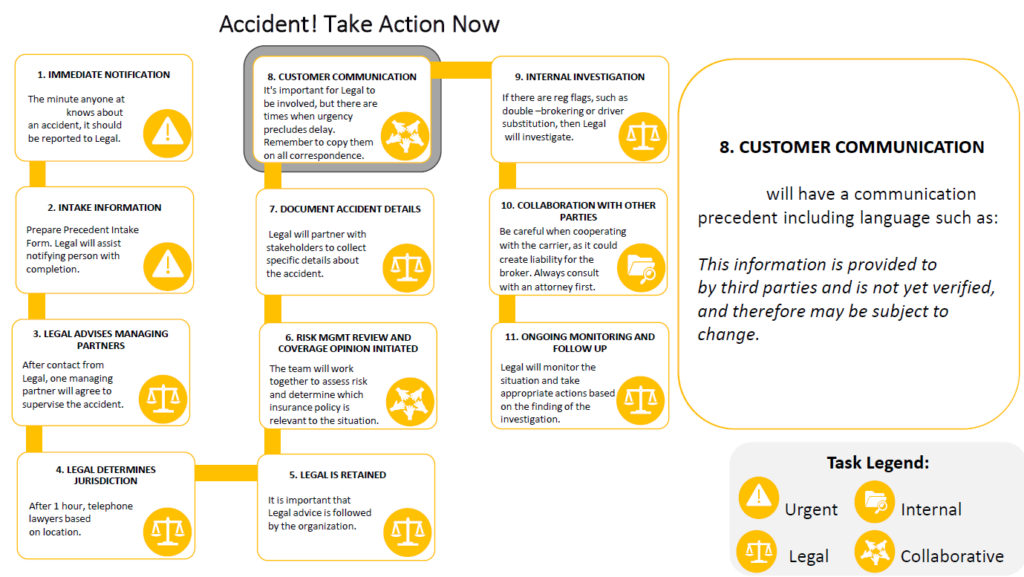Here’s how fleets can prepare for incidents: TruckNews.com webinar recap
Receiving a call about one of your trucks being involved in a fatal collision felt like being pushed into a frozen, cold lake, recalls Rick Morgan. The safety expert who runs Links Consulting says even years later, he remembers receiving such a call with crystal clarity.
“We didn’t have a full-time safety manager and we contracted out to a safety consultant who came in one day a week. And, of course, Murphy [Law] being Murphy [Law], that was not that person’s day,” said Morgan during the incident response webinar hosted by TruckNews.com and sponsored by Northbridge Insurance on March 21. “I went into my office I picked up the phone and I dialed the action and response line to my insurance company.”
Later that night, he returned home just in time to hear the news broadcast reporting “a reckless Canadian semi driver running into a family injures four, killing one,” with images of the truck, and a car covered with a white sheet.
Incidents like that can happen to anybody.

Morgan says he wishes he was better prepared for a situation like that. And there are ways for fleets to be ready and equipped to deal with similar scenarios.
Brian Mather, vice-president of transportation and logistics at Northbridge Insurance, agrees.
He says the best practices include investing in technology, teaching defensive driving, working with insurers who have experience in incident coverage, and ensuring continuous education for drivers and staff. No matter the severity of an incident, fleets should have a reporting policy in place, and practice a response plan.
“[Even] best-laid plans, if they’re not practiced, don’t really work in real-life situations,” Mather says.
“You don’t want to be good at accident preparedness. But when it happens, you’ve got to be good.”
Steps to prepare for incidents
Heather Devine, chief legal officer at Traffix Group, reflects on her experience as a defense attorney when she says there are five practices fleets should employ to ensure preparedness. It is crucial to establish a designated person to make decisions on the fleet’s behalf in the case of an incident.
Secondly, it is important to have a comprehensive SOP (standard operating procedure) in place.
“Practice the SOP, practice, practice, practice,” says Devine. “You don’t want the first time that you employ your SOP to be the time that you need it. It’s too scary.”

All the employees should know what the SOP is, and related procedures have to be continuously revised and evaluated. Mather adds that reviewing the SOP after it is used is important to know what works and what doesn’t.
Making safety and compliance a priority is crucial, especially when nuclear verdicts are a part of the equation.
“We don’t see them too much in Canada. Because we have a cap on damages,” says Devine. “Nuclear verdicts are also called a ‘bet the company’ verdict and that is because you blow out of your primary insurance and your excess insurance, and then the company itself is on the hook to pay.”
Control the narrative
Morgan reflects on the fatality incident when he says that in the absence of information, misconception becomes the news. He recalls a major Canadian news outlet covering the truck wreck involving the Humboldt Broncos team bus. The reporter said the driver had 70 violations in the 11 days before the crash.
“Most of them are what we call ‘form and manner’. So, they were a failure to sign a document or make a type of required notation,” Morgan explains. “And this is not in any way to condone those non-compliance elements. But the reality is [that] their existence…had no bearing on that crash.”
This is why fleets have to get in front of the situation clearly communicate what the reality is and control the message.
And saying ‘no comment’ to media is not the way to do that, says Devine.
Mather adds drivers involved in incidents should be limited in their communication and talk to company representatives, legal counsel, their insurance providers, and police at the scene. However, the right to remain silent is an option.
Technology, other tips, and evidence
If the incident is taken to court, details will matter. This is why Mather says a driver has to take a drug and alcohol test as soon as possible after the crash. They should also take pictures at the scene documenting everything – from the time of the day, visibility and weather conditions to the exact location of the incident, and damages – but not of any victims.
Other technologies like dashcams, especially dual dash cams, and cell phones can be useful in the investigations.
During the webinar, the three panellists went over the details of using the technology and discussed various scenarios from legal and insurance perspectives.
A replay of the webinar can be viewed below:
Have your say
This is a moderated forum. Comments will no longer be published unless they are accompanied by a first and last name and a verifiable email address. (Today's Trucking will not publish or share the email address.) Profane language and content deemed to be libelous, racist, or threatening in nature will not be published under any circumstances.